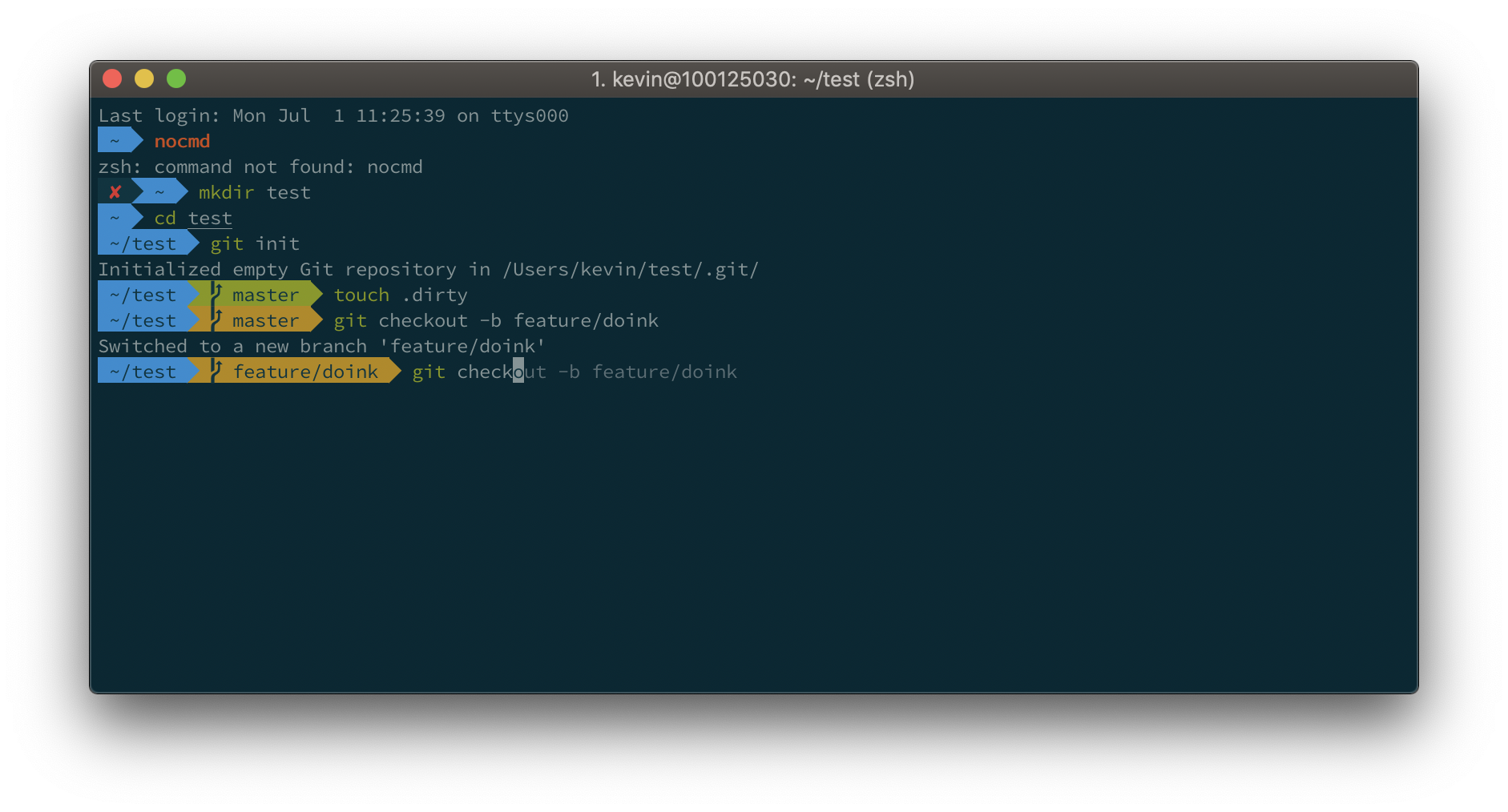This document demonstrates how the enhanced Contactless Travel API could integrate OpenID4VP (OpenID for Verifiable Presentations) to enable seamless credential verification at travel touchpoints.
This proposal improves UX by requiring only a single up-front consent for an embedded wallet, after which the wallet automatically performs sequential OpenID4VP presentations for all journey touchpoints.
| FROM python:3.9-slim | |
| WORKDIR /app | |
| RUN pip install aries-askar | |
| CMD ["python", "main.py"] |
| #!/bin/bash | |
| # Variables | |
| HELM=helm | |
| KUBECTL=kubectl | |
| CHART=oci://sicpa.jfrog.io/dts-charts/edison-core | |
| VERSION=0.4.3 | |
| VALUES=swissign-poc.yaml | |
| APPNAME=swissign-poc-app | |
| NAMESPACE=swissign-poc |
There's several existing strategies for deploying and managing development work and release. They each have their own opinions, but roughly cover a few major situations:
- Developing a new feature
- Which branches should be, at all times, deployable, tested code
- Under what conditions a code review or approval is required to merge code into a new branch
- How many deployment environments (e.g. production only, or staging and production) you intend to have available, and to whom
| # Kafka configuration properties for SCRAM-SHA-512 authentication and TLS transport. | |
| spring.kafka.producer.bootstrap-servers=scram-cluster-kafka-bootstrap-kafka-test.apps.kubernetes.domain.com:443 | |
| spring.kafka.producer.properties.ssl.truststore.location=/Users/lbroudou/Development/kafka-test/scram-cluster-ca.p12 | |
| spring.kafka.producer.properties.ssl.truststore.password=LoUk0HtOd8tD | |
| spring.kafka.producer.properties.ssl.truststore.type=PKCS12 | |
| spring.kafka.producer.properties.security.protocol=SASL_SSL | |
| spring.kafka.producer.properties.sasl.mechanism=SCRAM-SHA-512 | |
| spring.kafka.producer.properties.sasl.jaas.config=org.apache.kafka.common.security.scram.ScramLoginModule required username="scram-user" password="tDtDCT3pYKE5"; |
Let's say you receive an app (e.g. MyApp.ipa) from another developer, and you want to be able to install and run it on your devices (by using ideviceinstaller, for example).
Or your certificates and provision profiles have expired and you want to provide a new build to your clients without having to make a new build on the latest XCode or iOS SDK.
The first step is to attain a Provisioning Profile which includes all of the devices you wish to install and run on. Ensure that the profile contains a certificate that you have installed in your Keychain Access (e.g. iPhone Developer: Some Body (XXXXXXXXXX) ). Download the profile (MyProfile.mobileprovision) so you can replace the profile embedded in the app.
| import axios from 'axios' | |
| import jwt from 'jsonwebtoken' | |
| import jwkToPem from 'jwk-to-pem' | |
| import { AuthResponse, CustomAuthorizerEvent, PolicyDocument } from 'aws-lambda' | |
| import { AxiosError, AuthError, ValidationError } from '../../shared/errors' | |
| // For AWS Cognito: https://cognito-idp.<region>.amazonaws.com/<user pool id> | |
| // refer to: http://amzn.to/2fo77UI | |
| const iss = process.env.ISS |
Thank you everybody, Your comments makes it better
sh -c "$(curl -fsSL https://raw.github.com/ohmyzsh/ohmyzsh/master/tools/install.sh)"| { | |
| "openapi": "3.0.1", | |
| "info": { | |
| "title": "walt.id ESSIF API", | |
| "description": "The walt.id public API documentation", | |
| "contact": { | |
| "name": "walt.id", | |
| "url": "https://walt.id", | |
| "email": "office@walt.id" | |
| }, |

